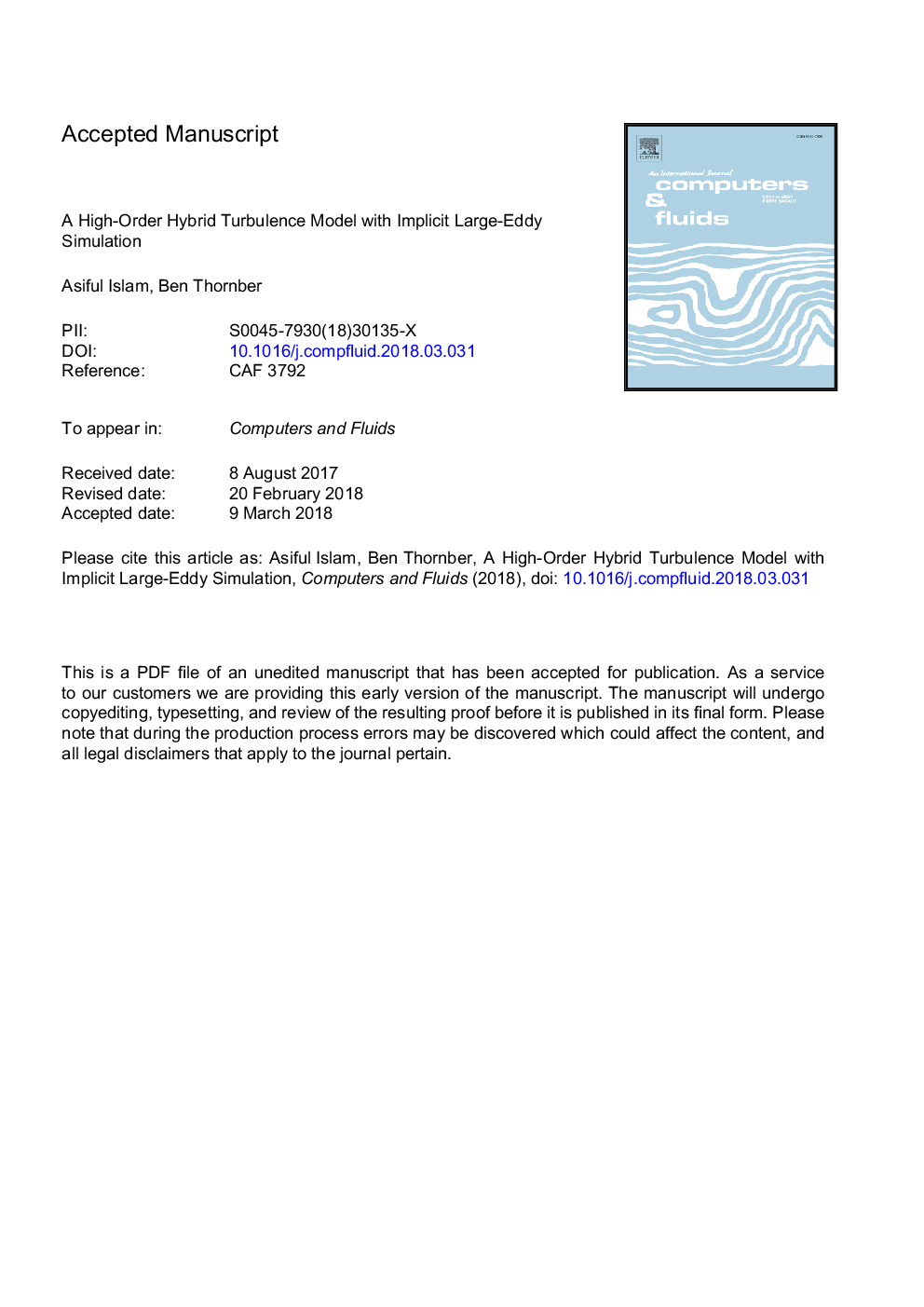ترجمه فارسی عنوان مقاله
یک مدل توربولیتی ترکیبی با الگوریتم بالا با شبیه سازی بی نهایت بزرگ
عنوان انگلیسی
A high-order hybrid turbulence model with implicit large-eddy simulation
| کد مقاله | سال انتشار | تعداد صفحات مقاله انگلیسی |
|---|---|---|
| 95704 | 2018 | 36 صفحه PDF |
منبع

Publisher : Elsevier - Science Direct (الزویر - ساینس دایرکت)
Journal : Computers & Fluids, Volume 167, 15 May 2018, Pages 292-312

